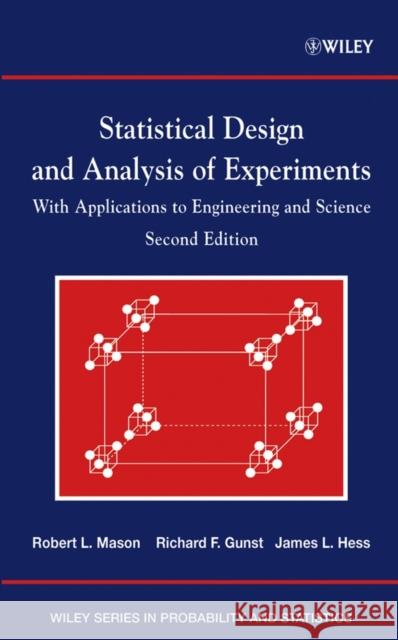Statistical Design and Analysis of Experiments: With Applications to Engineering and Science » książka
topmenu
Statistical Design and Analysis of Experiments: With Applications to Engineering and Science
ISBN-13: 9780471372165 / Angielski / Twarda / 2003 / 760 str.
Statistical Design and Analysis of Experiments: With Applications to Engineering and Science
ISBN-13: 9780471372165 / Angielski / Twarda / 2003 / 760 str.
cena 900,12
(netto: 857,26 VAT: 5%)
Najniższa cena z 30 dni: 889,10
(netto: 857,26 VAT: 5%)
Najniższa cena z 30 dni: 889,10
Termin realizacji zamówienia:
ok. 30 dni roboczych
Dostawa w 2026 r.
ok. 30 dni roboczych
Dostawa w 2026 r.
Darmowa dostawa!
Emphasizes the strategy of experimentation, data analysis, and the interpretation of experimental results.
- Features numerous examples using actual engineering and scientific studies.
- Presents statistics as an integral component of experimentation from the planning stage to the presentation of the conclusions.
- Deep and concentrated experimental design coverage, with equivalent but separate emphasis on the analysis of data from the various designs.
- Topics can be implemented by practitioners and do not require a high level of training in statistics.
- New edition includes new and updated material and computer output.











